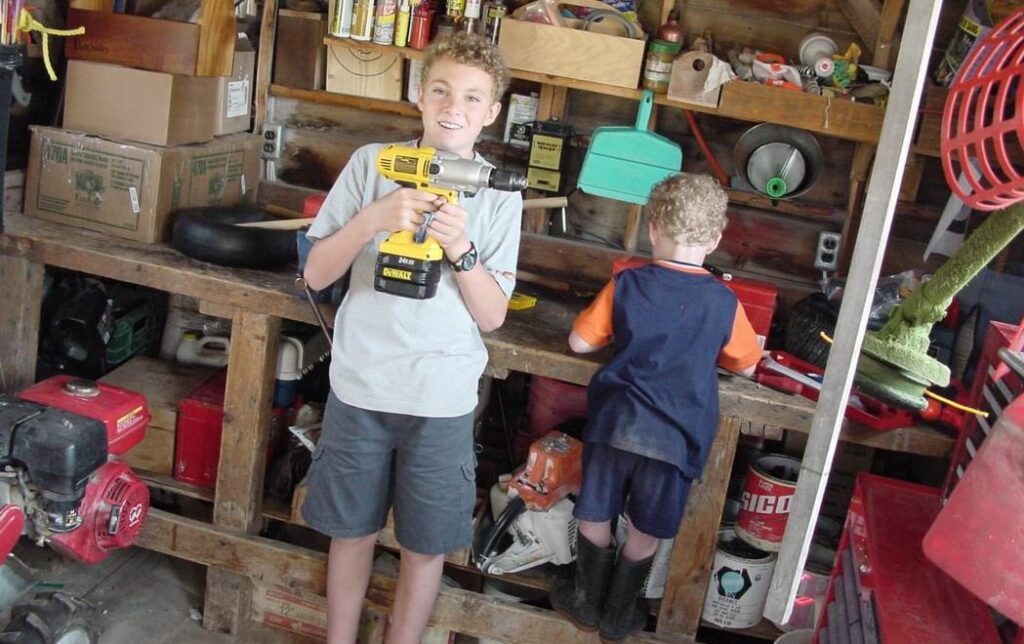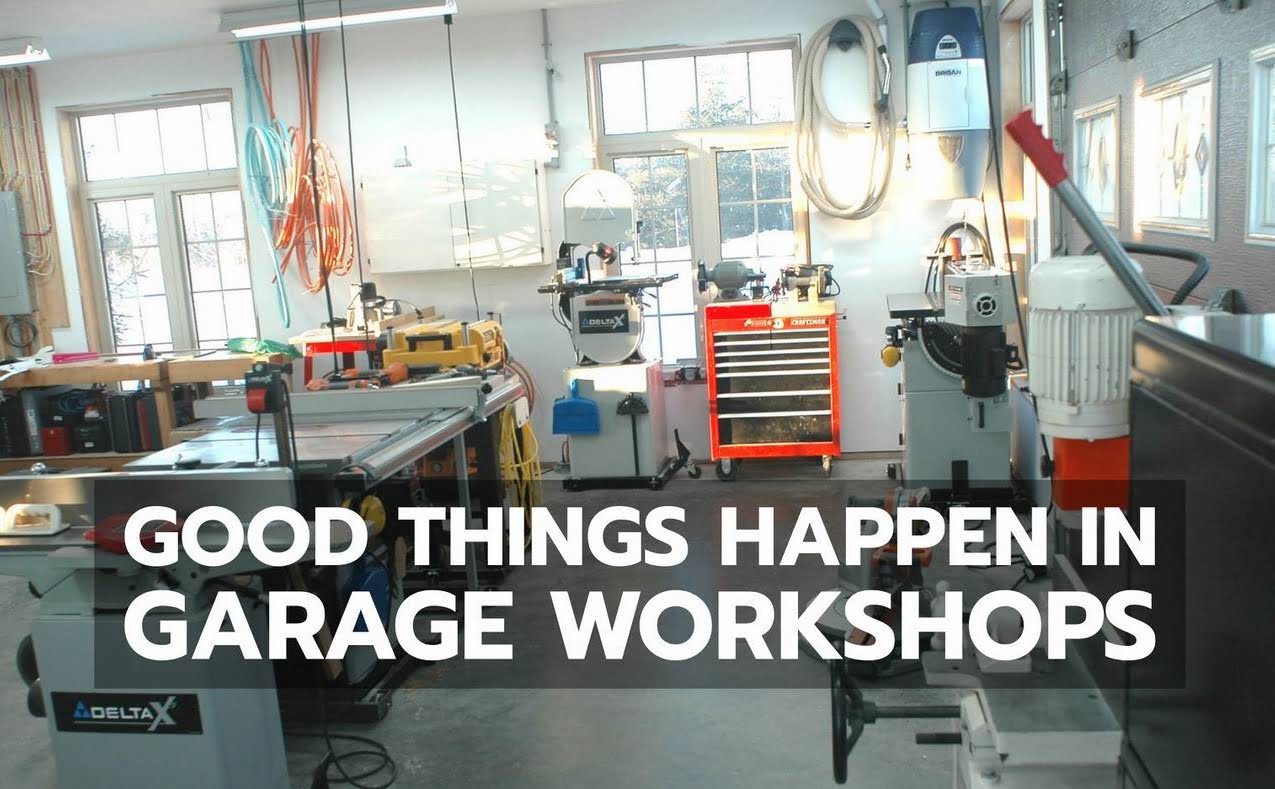The small, simple garage has been the birthplace of many great things. Walt Disney started in one, and so did Hewlett Packard, Buddy Holly, the Apple empire and Amazon.com. Garages are the kind of place where small ideas can get in out of the weather and grow in a cost-free space.
But when it comes to setting up your garage for creative ventures — that is, a garage workshop — most people have three hurdles to cross:
- Heating (or maybe cooling) the space
- Keeping dampness from rusting tools
- The need to occasionally keep a car in the garage
Hurdle #1: Heating your garage workshop
Garages are almost never built to be heated, and this leads to a decision. Either make your tinkering a seasonal venture or rig up some way of heating all or part of your garage so you can work in the winter.
Keep in mind that the biggest factor behind economical heating isn’t the energy supply you choose, but the efficiency of insulation you install. And solving that problem isn’t as easy as slicing open a few bales of fiberglass batts.
With so many garage designs around, the challenge of insulating successfully varies a lot. But in all cases, the greatest gain comes from installing a ceiling in a garage that doesn’t already have one.
Sheets of ½-inch plywood on top of ceiling joists do an excellent job here because they separate the leaky areas where roof framing meets walls, while also providing a surface to support insulation. Putting ply on top of ceiling joists like this means insulating the space is easier and you’ll retain visible access to the joists to support hanging hooks and tool storage.
A warm workspace is one thing, but you also need plenty of room to handle lumber, store tools and manoeuvre projects around. Most garages need to go on a diet, and that’s why job No. 1 is to get rid of those crusty paint cans, broken dehumidifiers and everything else you “might need some day”. Be ruthless.
Hurdle #2: Keeping your garage dry
However dry the average garage might seem, it’s not dry enough for trouble-free tinkering, woodworking and tool storage year-round.
And surprisingly, the moisture problem is most troublesome when a wave of warm, springtime air moves into a cold garage. This causes condensation to form on all things metal, resulting in rust if you’re not prepared.

As long as your toolboxes are latched tight and sealed, moist springtime air probably won’t come in contact with cold tools and it won’t cause condensation. This is your best bet if you can’t heat your garage.
For particularly rust-sensitive tools, consider putting a silica gel dehumidifier canister in the toolbox or cabinet. This draws airborne moisture from the small, enclosed space, ensuring that rust doesn’t get a chance.
The best units include a metal outer canister. Just heat the unit in a toaster oven to drive off captured moisture, re-establishing the effectiveness of the unit for another three or four months. You can buy small silica gel canisters at camera shops or larger ones at Lee Valley Tools.
If you’ve got stationary tools like a tablesaw, paste wax applied to the bed is the only option you’ve got for keeping rust at bay.
Hurdle #3: Optimize storage space
The best way to accommodate your tools (and the untossable stuff that remains) is with hanging shelves that use stiff wire frames or sheet steel tracks to support shelf planks. It’s a terrific system that I’ve been using for years. It keeps valuable small equipment and supplies up off the dirt and dampness of the floor.
Heavy-duty metal wall brackets are the best way I’ve seen to store lumber in a garage shop. Both these systems can co-exist with a car if you plan things right.
Put the basics of good garage workshop design into practise and you’ll create the kind of space you might just be able to change the world in. But even if nothing famous comes from your efforts, a good garage workshop is still worth the trouble — and not just for you:



